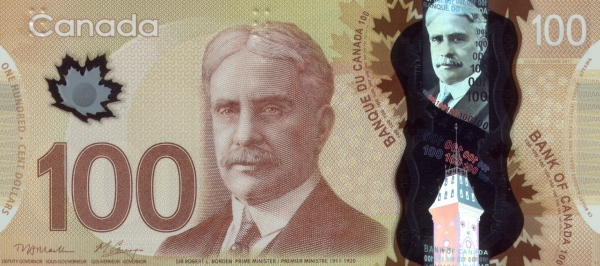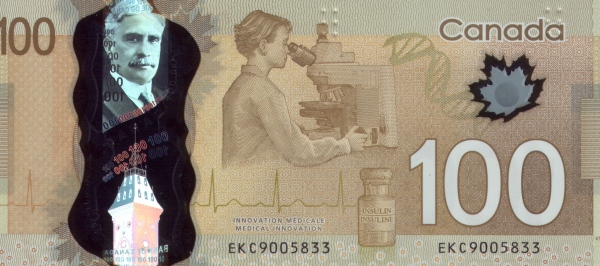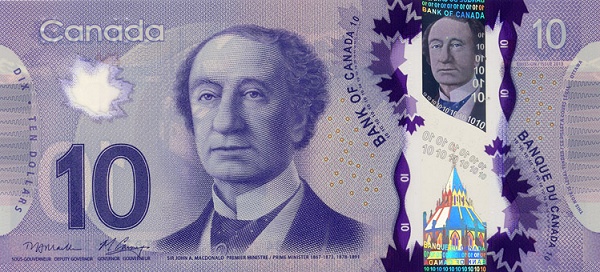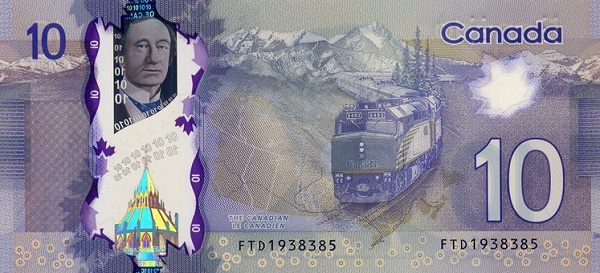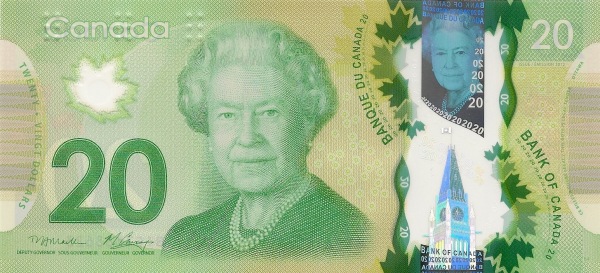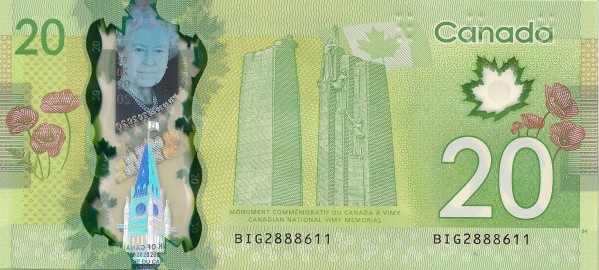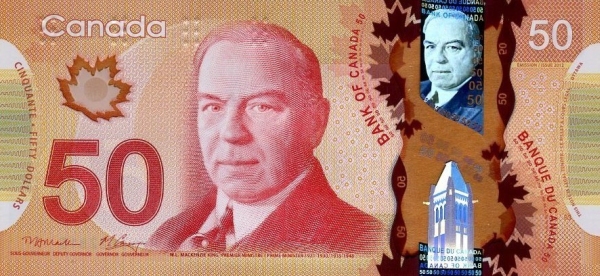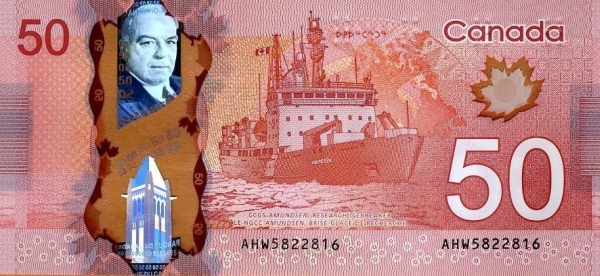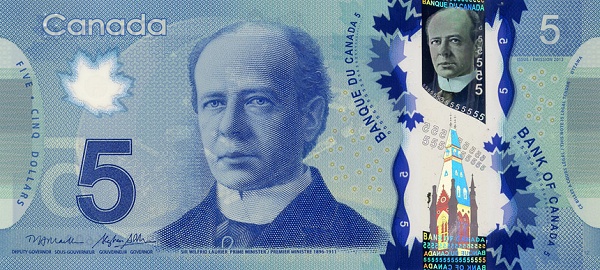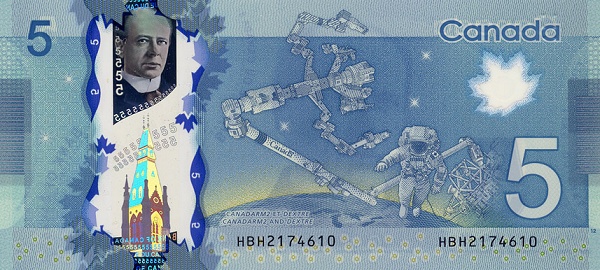Canada in Brief
Destination Canada offers an insightful country profile of the second-largest nation in the world, coming right after Russia. Situated in the northern part of North America, Canada enjoys a prime geographical position. To the east, the North Atlantic Ocean embraces its shores, while the North Pacific Ocean lies to the west. The Arctic Ocean stretches along its northern border.
On the western side, Canada shares a boundary with the U.S. state of Alaska. Additionally, it borders twelve other U.S. states in the south. Notably, the border with its southern neighbor primarily follows the 45th parallel north, which makes it the longest international border between two countries globally, measuring an impressive 8,891 km. Furthermore, Canada and Denmark have a brief maritime border on Hans Island. This uninhabited isle resides in the Nares Strait between Canada's Ellesmere Island in Nunavut and Greenland, which is a territory of Denmark.
Moreover, Canada maintains sea boundaries with France through the small overseas territory of Saint Pierre and Miquelon, the last remaining French territory in North America. With a vast area of 9,984,670 km², Canada ranks as the largest country in the Western Hemisphere. In comparison, it is slightly larger than the United States, making it about 18 times the size of France.
Geographical Diversity
The geography of Canada presents a wide array of breathtaking natural landscapes. At the heart of the nation lies Hudson Bay, a large, shallow inland sea that indents east-central Canada. Additionally, Canada comprises 13 sub-national divisions, which include ten provinces and three territories. Each province has its distinct system of local governance.
The region that is now Canada was once a part of colonial North America for many years. This area transitioned into a self-governing colony during the mid-19th century while maintaining strong ties to the British crown. Notably, on July 1, 1867, the British North America Act, now known as the Constitution Act of 1867, officially established Canada with its original four provinces: Ontario, Québec, New Brunswick, and Nova Scotia.
Population and Culture
Divided into multiple geographical regions, Canada offers diverse and picturesque natural scenery. The Canadian Shield, encompassing half of the country, is a significant geographical area that surrounds Hudson Bay. In contrast, the southeastern region features lowlands bordered by the Great Lakes: Lake Michigan, Lake Superior, Lake Erie, and Lake Ontario.
As of 2024, Canada's population reaches approximately 41 million, which represents about 10% of the population of its southern neighbor, the USA. The national capital, Ottawa, serves as a political hub, while Toronto stands as the largest city. Both English and French serve as the primary languages spoken throughout the country. Interestingly, most Canadians prefer residing within 100 to 200 kilometers (approximately 60 to 125 miles) from the southern border, primarily due to the chilly conditions and severe winters that characterize the northern regions.
Historical Context of Canada
Self-Governance and Evolution
Canada is a nation characterized by vast distances and abundant natural resources. Remarkably, it became a self-governing dominion in 1867 while still retaining ties to the British crown. This relationship underwent a significant transformation in 1982, allowing Canada to sever its colonial past. At that time, the highest law of the land, the British North America Act (renamed the Constitution Act of 1867), transferred from British parliamentary control to Canada's federal and provincial legislatures.
Economic and Social Development
Economically and technologically, Canada has progressed alongside the United States. Nevertheless, the country faces political challenges as it grapples with public demands for enhancements in health care, education, social services, and economic competitiveness. Canada must also address the unique concerns of predominantly francophone Quebec. Furthermore, the nation strives to develop its diverse energy resources while remaining committed to environmental preservation.
Quality of Life Metrics
In terms of global standing, Canada ranks 13th in the United Nations Human Development Index as of 2019. Additionally, it occupies the 11th position in the UN World Happiness Report for the same year, showcasing high quality of life for its citizens.
Largest cities of: Canada
| City Name | Population | Year of foundation | |
| Ottawa | 993,500 | 1826 | |
| Edmonton | 981,280 | 1795 | |
| Quebec City | 531,902 | 1608 | |
| Toronto | 2,950,000 | 1793 | |
| Montreal | 1,780,000 | 1642 | |
| Calgary | 1,239,000 | 1875 | |
| Winnipeg | 700,000 | 1874 | |
| Vancouver | 631,000 | 1886 |
Canada: Money
